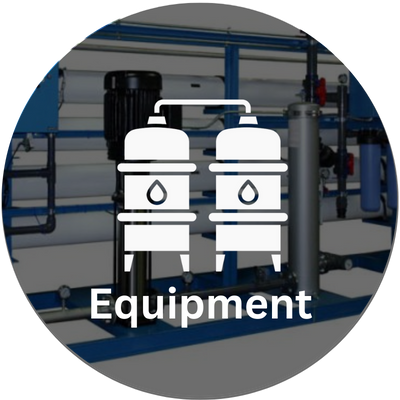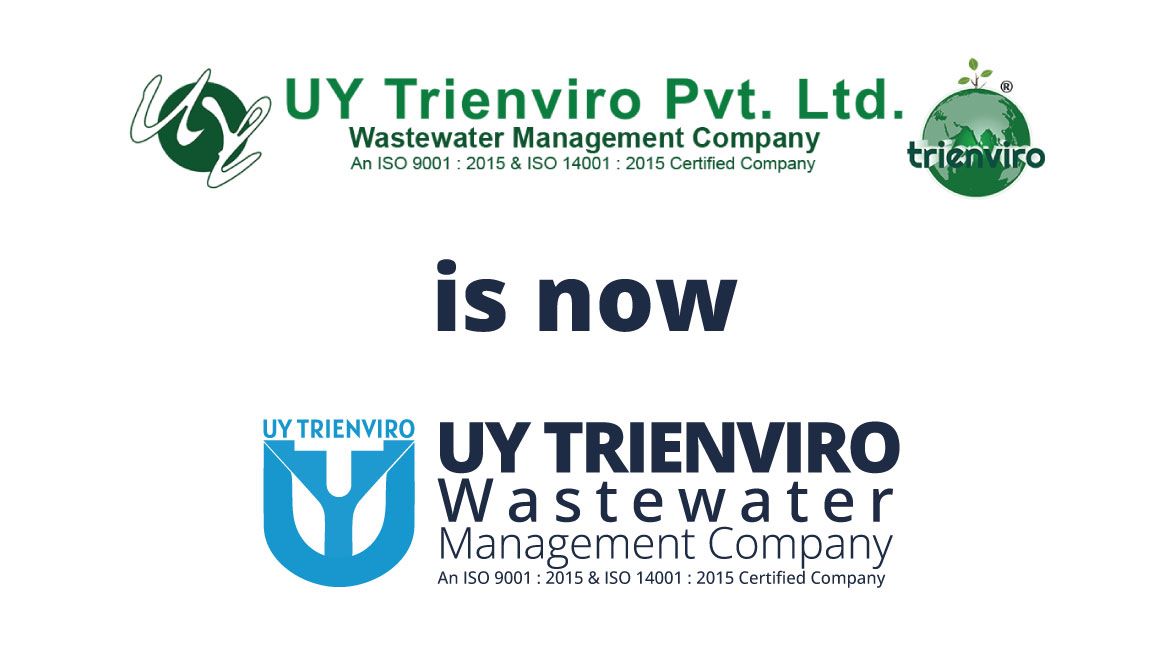


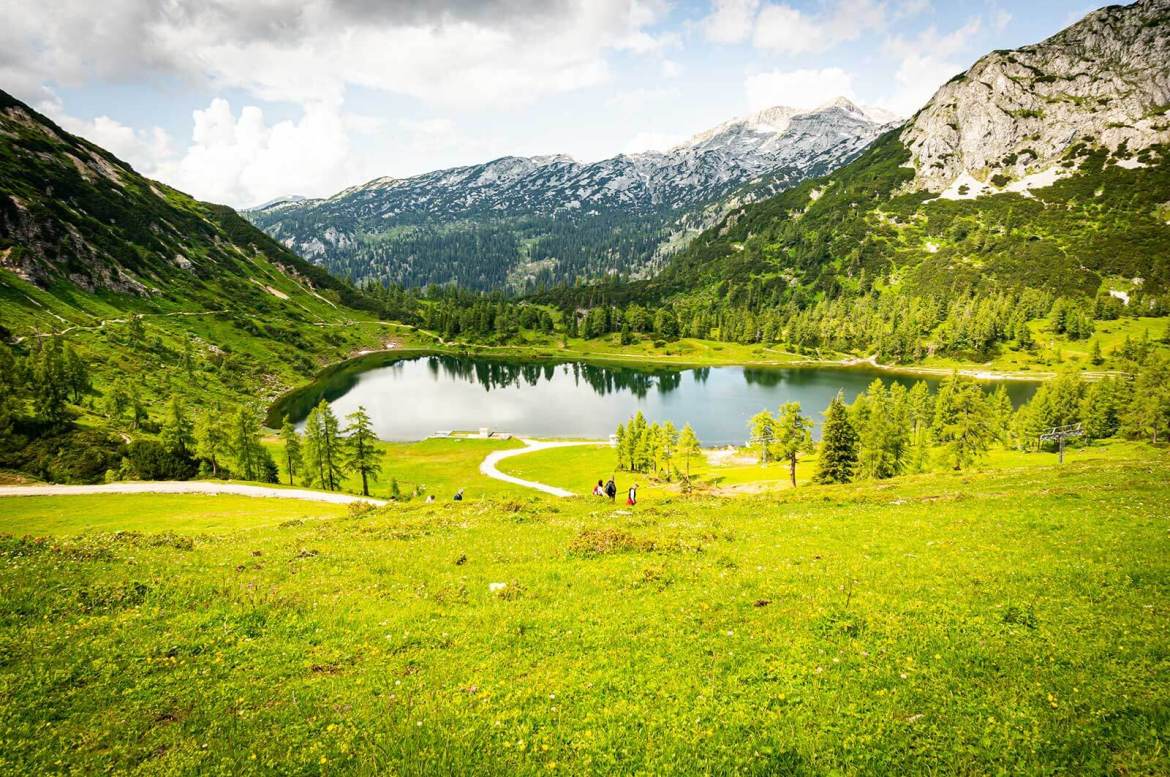
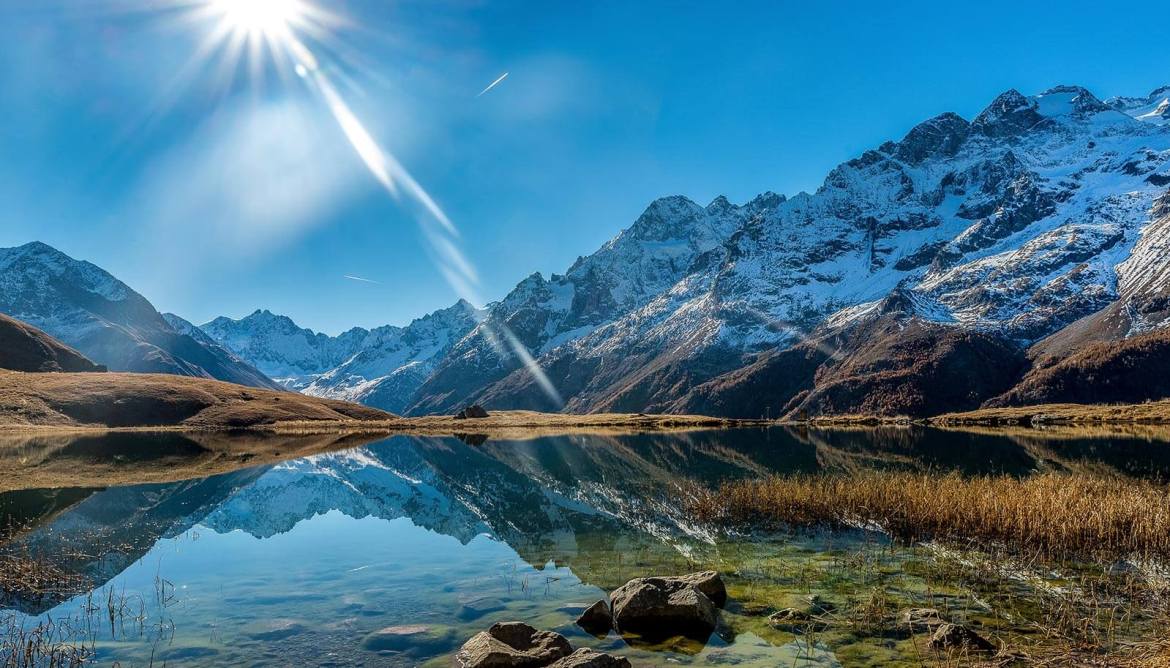
We Design
We Build
We Maintain
UY Trienviro Pvt. Ltd.

UY Trienviro Private Limited is a multi-disciplinary Environmental Services, Engineering Procurement and Construction (EPC), and Equipment Manufacturing company, established in 2016 with a Clean and Green India Mission, focusing on providing turnkey services in water and wastewater treatment and disposal.
We provide services reaching from original project conceptualization, planning, techno-economic feasibility studies, Design, Engineering, cost estimations, preparation of tender documents, tender evaluation & consultancy to full-fledged EPC (Engineering, Procurement, Construction), Erection, Testing & Commissioning, Operation & maintenance and project organization on turnkey basis.
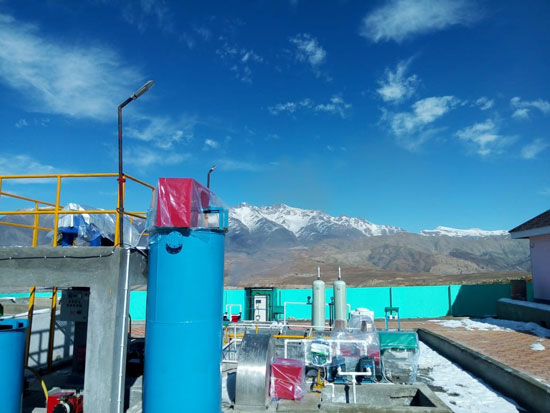
Key Focus Industries
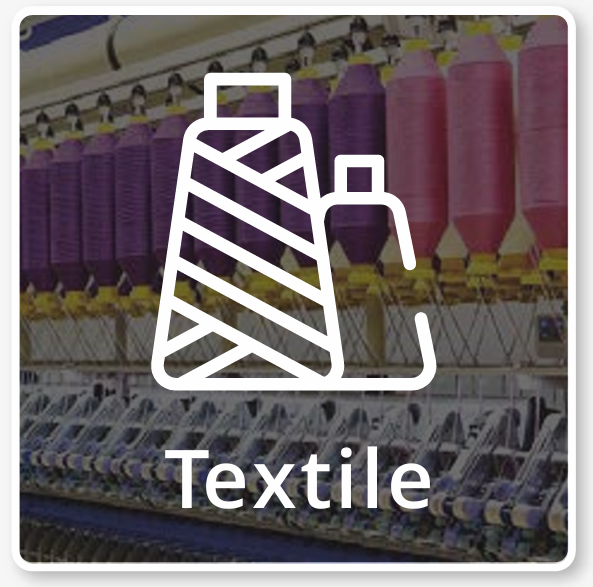

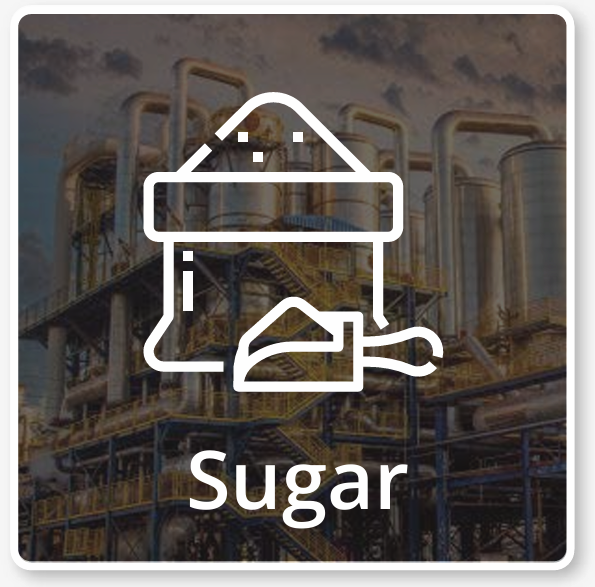

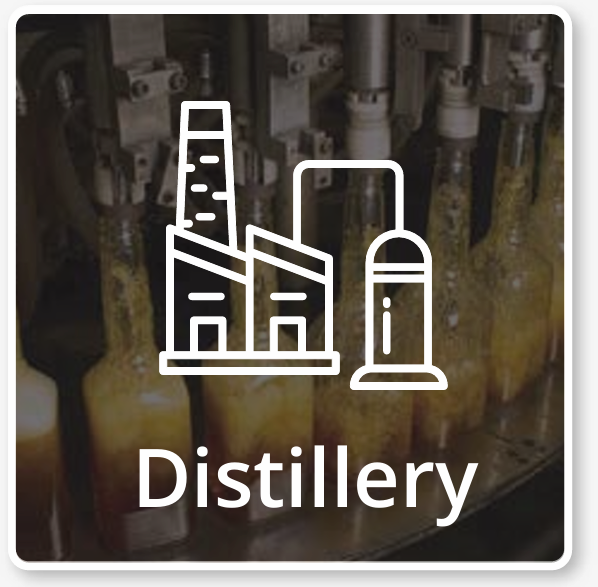
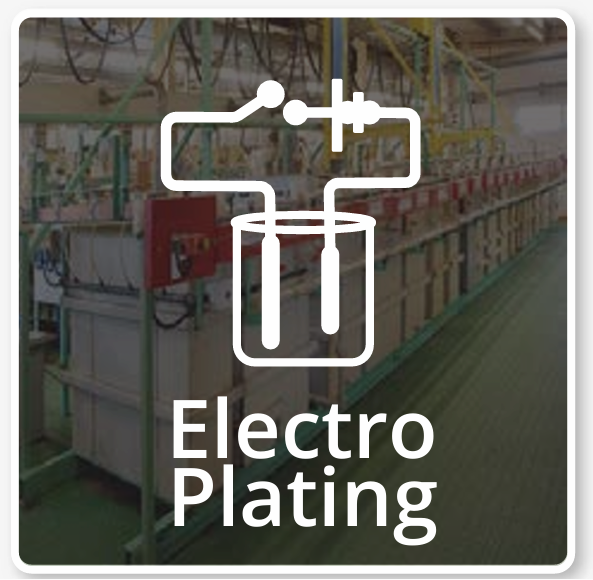




Our Solutions
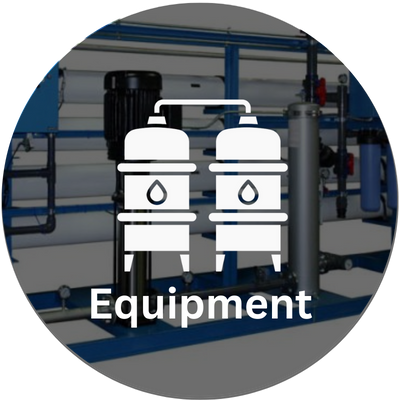
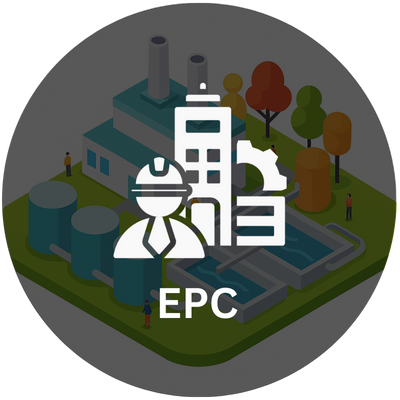
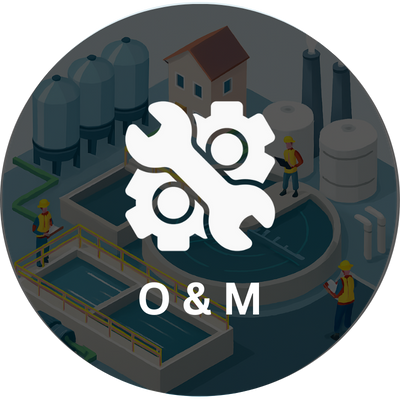
Key Focus Industries










Key Focus Industries









Our Solutions
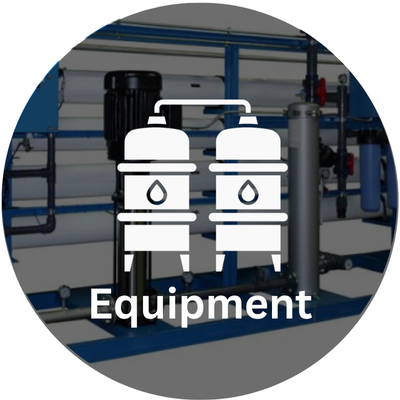
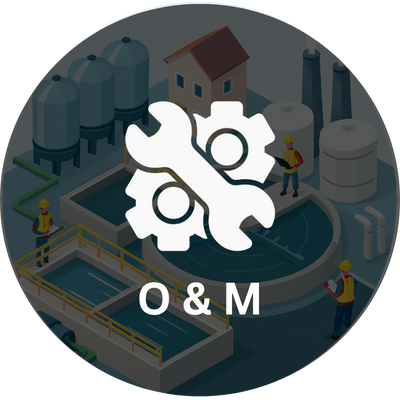
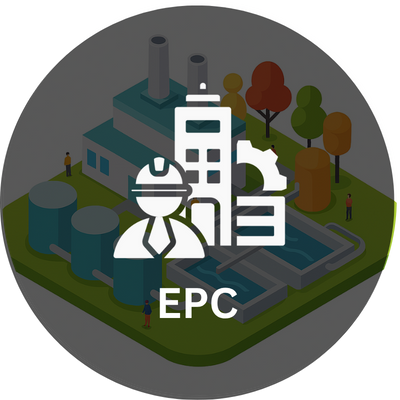
News & Updates

UP Trade Show in Noida, Uttar Pradesh



at the India International Leather Fair (IILF)
from (1 Feb. to 3 Feb.) in Chennai

82nd Sugar Conference
in Jaipur, Rajasthan, India.


World Water Day 2025

Eco-Entrepreneurship Conclave, 2025


Recent Projects
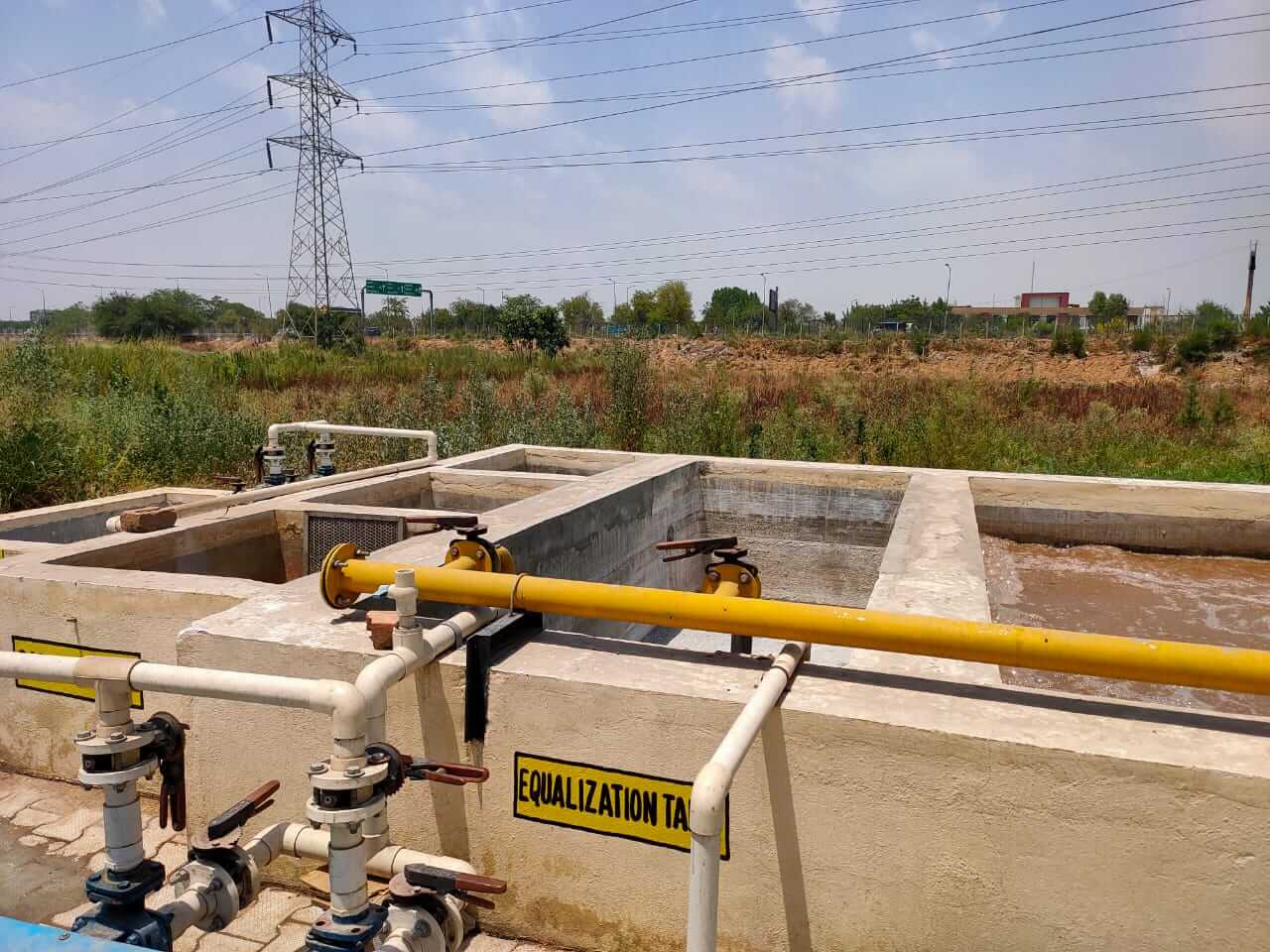
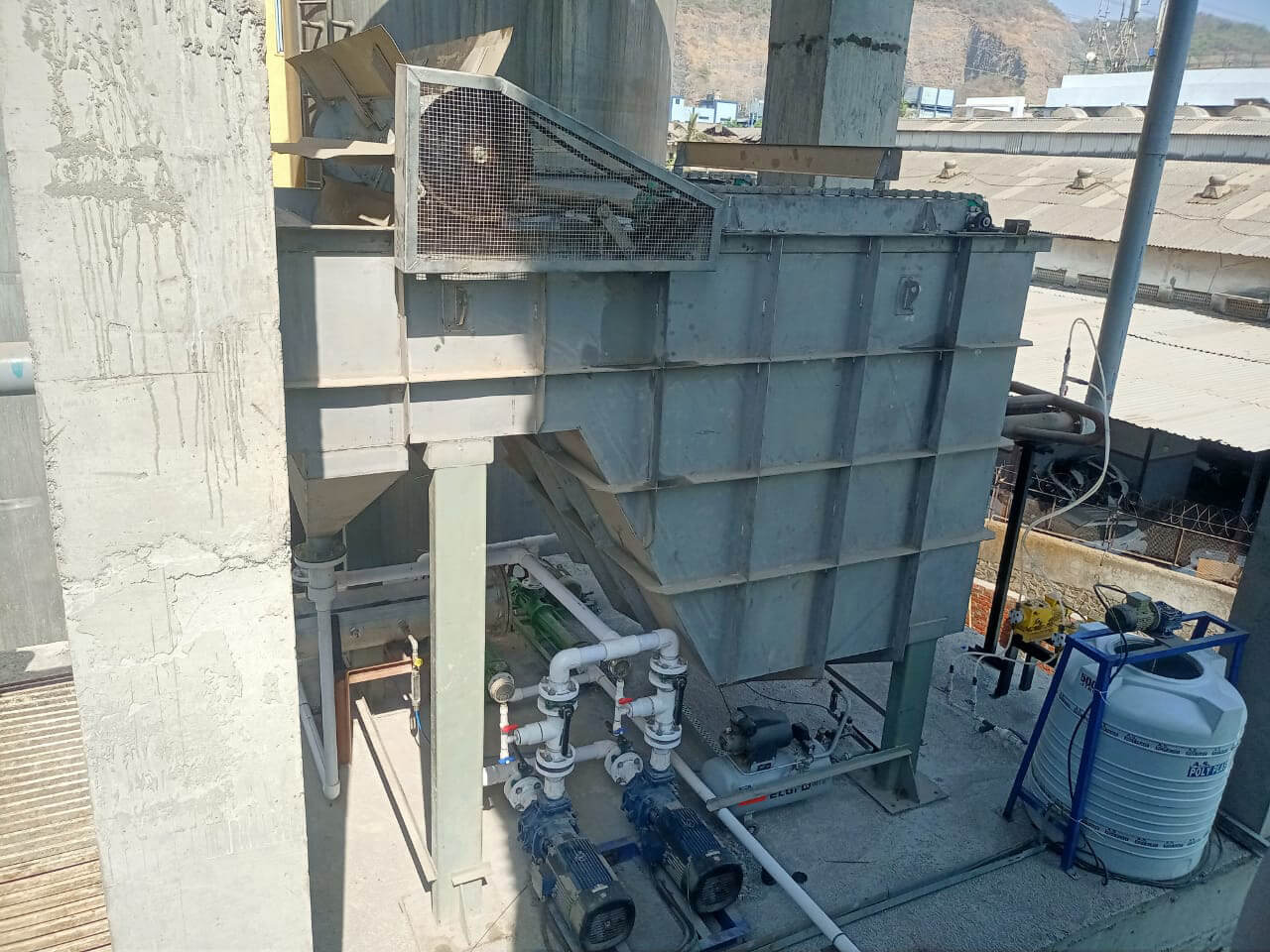
MIDC -Turbhe, Navi Mumbai
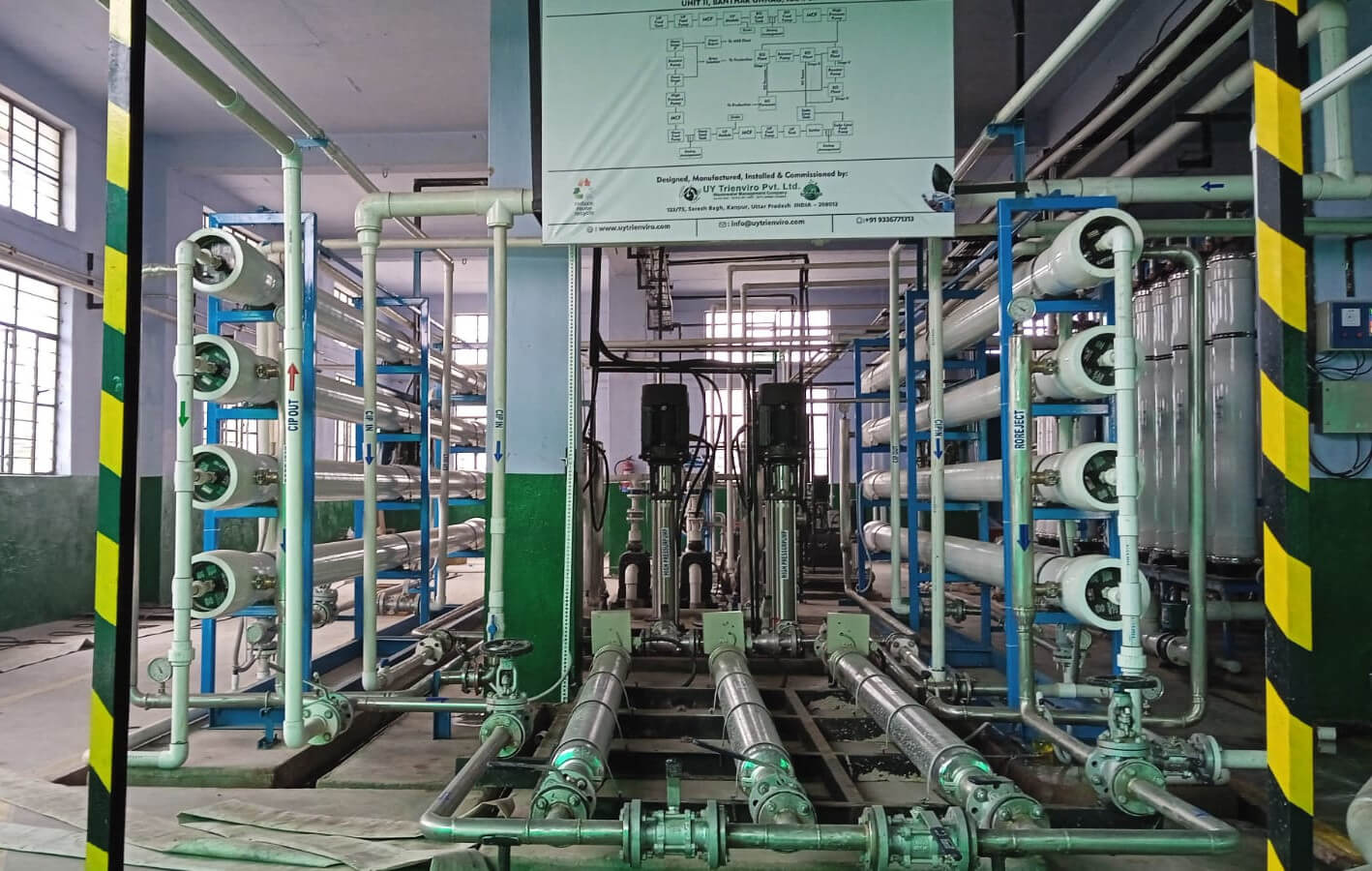
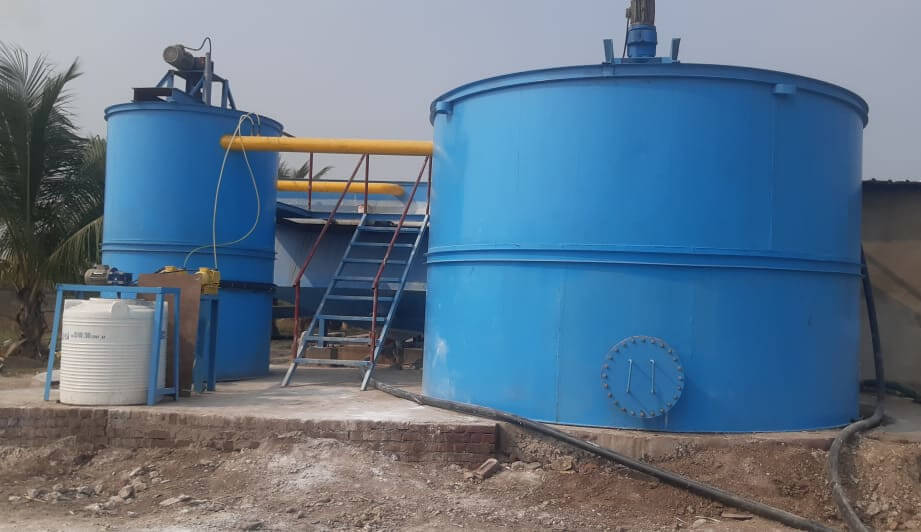
Barwani, M.P.
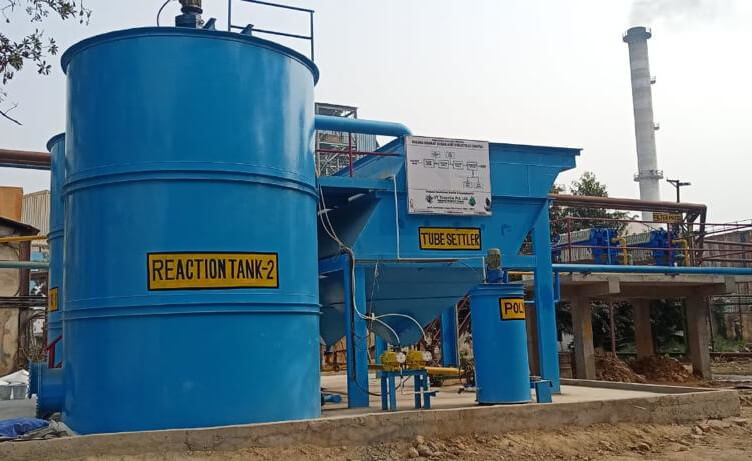
Ramgarh, Uttar Pradesh

Takaliwadi, Maharashtra
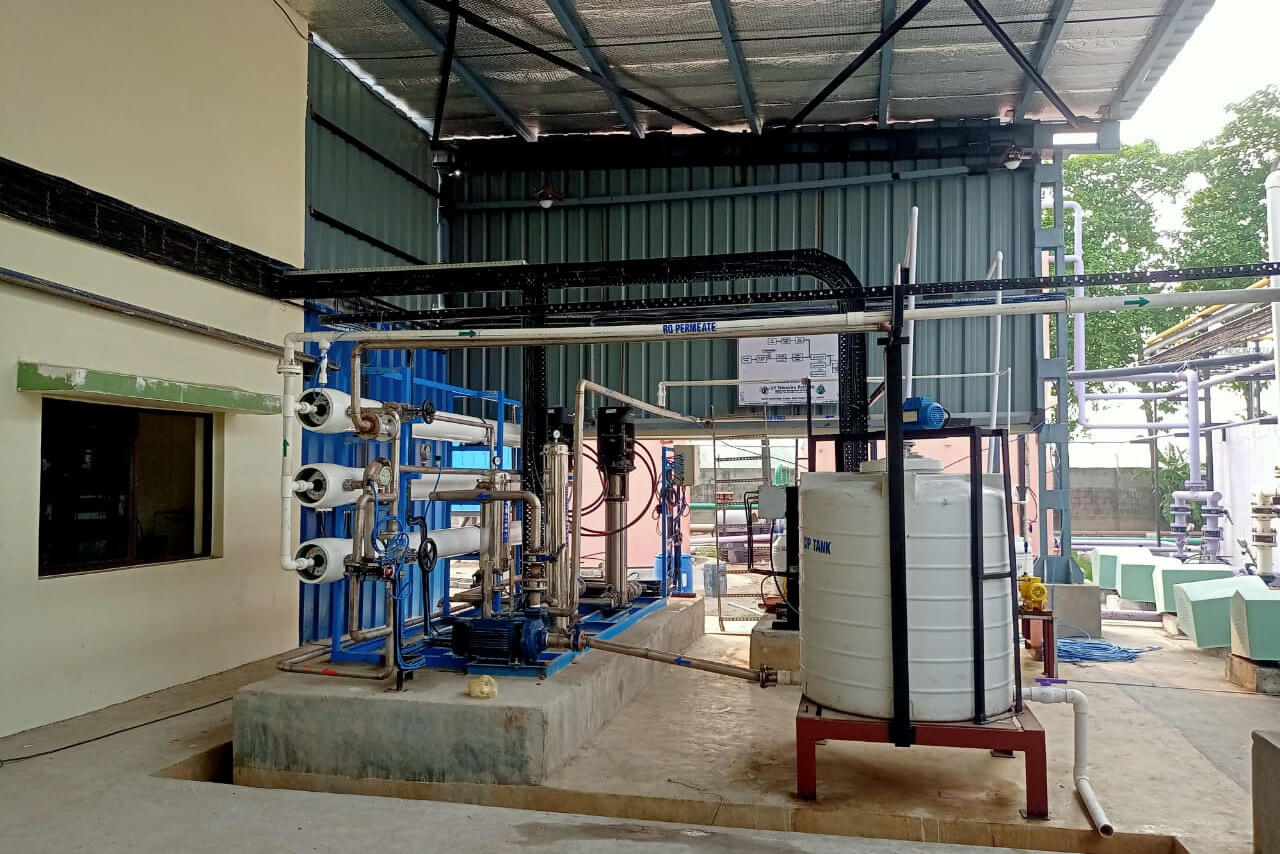
Bijnor, Uttar Pradesh
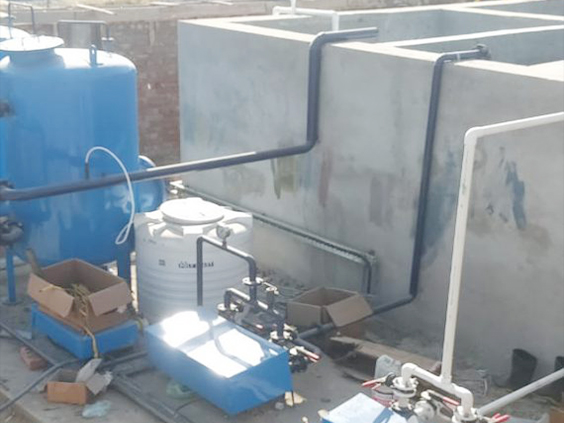
Barhi, Jharkhand

Kanpur, Uttar Pradesh
Our Impact
+ 20000000
Wastewater treated daily by our Plants
+ 95
Completed projects
+ 60
Happy clients
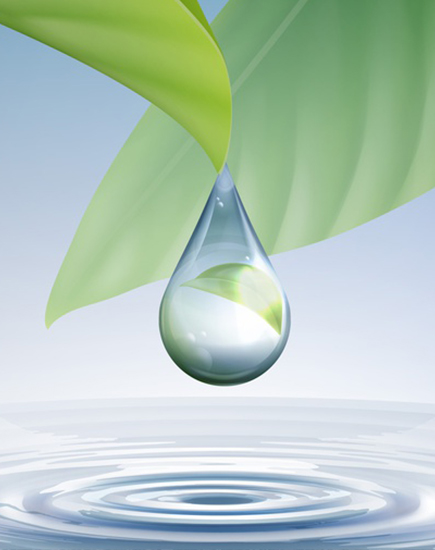
Wastewater Treatment Plant — FAQs
What can be termed as a Small Sewage Treatment Plant?
Plants that handle about 1 to 250 Kilo Liters per day as called small sewage water treatment plants. They can be easily placed in underground tanks and existing septic tanks. Operating and maintaining these small plants are quite easy and have a low running expense as well and the treated water from this plant can be used in flushing, after using disinfecting chemicals.
Why are Modular Sewage Treatment Plants needed in Low Occupancy Buildings?
Many new buildings are occupied in an incremental manner which may take years to achieve full occupancy. With this in mind, the buildings should install a Modular Sewage Treatment Plant by planning ahead on the occupancy. Other than this, we have mentioned a few reasons why it will be beneficial:
Individually operated reactor tanks
Timed aeration process
Biological treatment process with Activated Sludge
Intelligent control over the whole process
Can a sewage treatment plant perform and produce higher treatment results with old design and with the addition of tertiary treatment?
Sewage treatment plant functions with an air supply in a given time in a certain volume and flows to remove a certain quantity of pollutants. When there is a new regulation the newly applicable standards should be applied to the design and the respective volume, time of retention and the air supplied should be adjusted to achieve the new treatment standards. Tertiary treatment is only to polish the treated water to give an improved aesthetic appearance, while secondary treatment is where the real treatment happens.
There are lots of vendors, consultants, and companies that are recommending ultrafiltration to have a better quality of water, which is nothing but a white elephant for the customer.
Let’s get started with your project in a professional way
Trusted by









































































Stay updated with our newsletter and white papers.
Subscribe to our newsletter.





We Design
We Build
We Maintain
UY Trienviro Pvt. Ltd.

UY Trienviro Private Limited is a multi-disciplinary Environmental Services, Engineering Procurement and Construction (EPC), and Equipment Manufacturing company, established in 2016 with a Clean and Green India Mission, focusing on providing turnkey services in water and wastewater treatment and disposal.
We provide services reaching from original project
conceptualization, planning, techno-economic feasibility studies, Design,
Engineering, cost estimations, preparation of tender documents, tender
evaluation & consultancy to full-fledged EPC (Engineering, Procurement,
Construction), Erection, Testing & Commissioning, Operation &
maintenance and project organization on turnkey basis.

+ 15000000
Wastewater treated daily by our Plants
+ 50
Completed projects
+ 40
Happy clients
Let’s get started with your project in a professional way
We focus on quality and details.

KRISHNA BHATTER

Atharva Dhakrey

Viku Arora

Przm Organics

Rahul Dixit

Nitin Bartwal

UNI Pulse Real Estate India Ltd.

Rohit Karnani

Gavin Bryant

Wastewater Treatment Plant — FAQs
What can be termed as a Small Sewage Treatment Plant?
Plants that handle about 1 to 250 Kilo Liters per day as called small sewage water treatment plants. They can be easily placed in underground tanks and existing septic tanks. Operating and maintaining these small plants are quite easy and have a low running expense as well and the treated water from this plant can be used in flushing, after using disinfecting chemicals.
Why are Modular Sewage Treatment Plants needed in Low Occupancy Buildings?
Many new buildings are occupied in an incremental manner which may take years to achieve full occupancy. With this in mind, the buildings should install a Modular Sewage Treatment Plant by planning ahead on the occupancy. Other than this, we have mentioned a few reasons why it will be beneficial:
- Individually operated reactor tanks
- Timed aeration process
- Biological treatment process with Activated Sludge
- Intelligent control over the whole process
Can a sewage treatment plant perform and produce higher treatment results with old design and with the addition of tertiary treatment?
Sewage treatment plant functions with an air supply in a given time in a certain volume and flows to remove a certain quantity of pollutants. When there is a new regulation the newly applicable standards should be applied to the design and the respective volume, time of retention and the air supplied should be adjusted to achieve the new treatment standards. Tertiary treatment is only to polish the treated water to give an improved aesthetic appearance, while secondary treatment is where the real treatment happens.
There are lots of vendors, consultants, and companies that are recommending ultrafiltration to have a better quality of water, which is nothing but a white elephant for the customer.












